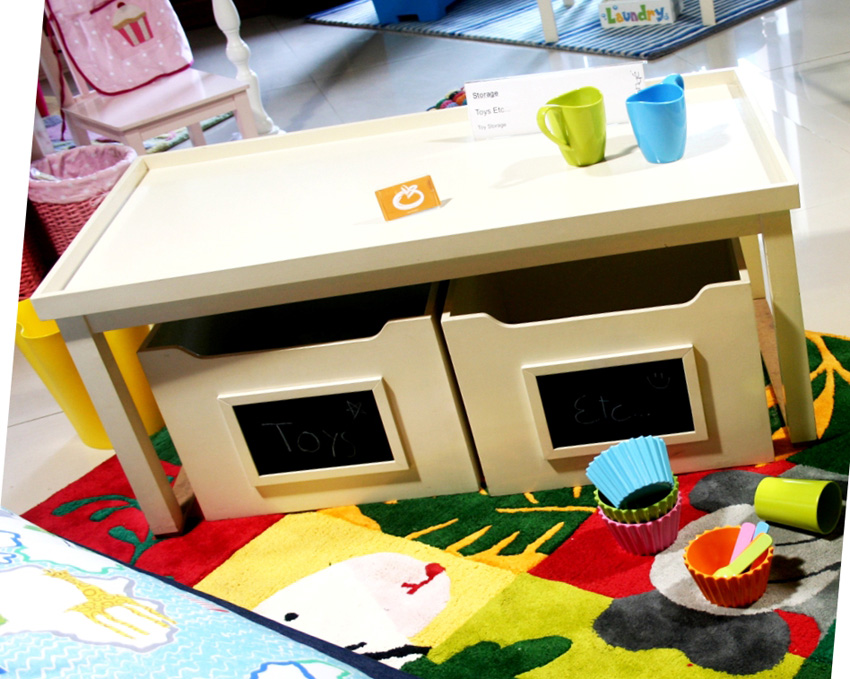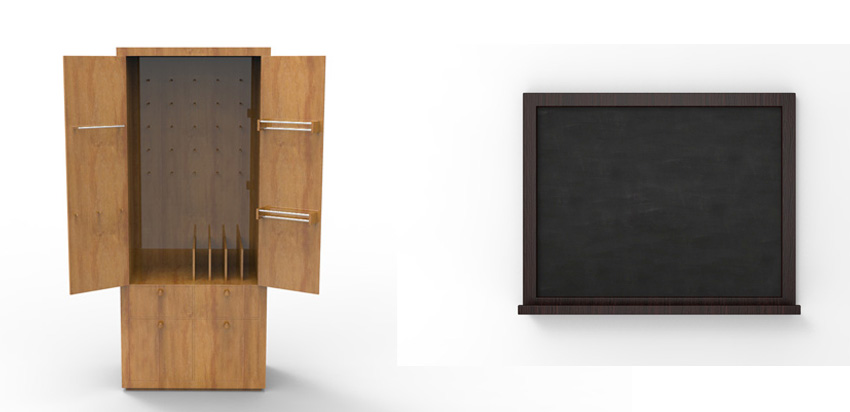Photographs: Roheena Nagpal
Interior designer Roheena Nagpal of Roheena Nagpal Design shares design tips on creating a room that takes care of your child's every need and simultaneously provides an avenue for personal development and expression.
 Use colour as therapy. Cheerful graphics in bright hues will uplift the space
Use colour as therapy. Cheerful graphics in bright hues will uplift the space1. Your kid's room simply must have space to play, space to imagine and space to organise. Make all your design decisions keeping these three essentials in mind.
2. We are individuals with unique needs. Know your child: if the child is systematic and organised or carefree. Place the storage and furniture accordingly.
3. Channel that creativity. Give the child a blank canvas and allow them to create every day. For instance, if you see a piece of blank paper, you may think of something different and new, but if you get a paper with pirates drawn on it, you may only think of the pirates. The idea is to not stifle your child's eccentricity with labelled concepts. Allow the child to imagine in their space.
4. Focus on today. Yes, your child will grow at an alarmingly fast rate, which makes anticipating the changing traits and desires challenging. Restrict your canvas and focus on a time frame of 2-3 years.
 Look at nature, bright hues, forms, white and texture for inspiration. There is something timeless about these elements.
Look at nature, bright hues, forms, white and texture for inspiration. There is something timeless about these elements.5. Keep things interactive. Let chalkboards and white boards be the preferred wall finish. Let soft boards and fun magnets be their means to personalise. If space permits, definitely make room for pretend play, like a tent in the room over weekends.
6. Colour is a therapy so use colours well. Would you paint your room all red? Think of how a colour affects you; it will be the same for your child. Use light hues that add brightness. Most importantly, a happy room is the goal.
7. Give themes a miss. In a few months' time, Pokemon will be passe. Look at nature, bright hues, forms, white and texture for inspiration. There is something timeless about these elements.
 (Left) Encourage organization. Pepper the space with fun storage boxes and units to inculcate the habit of putting things away early in your child. (Right) Let chalkboards and white boards be the preferred wall finish.
(Left) Encourage organization. Pepper the space with fun storage boxes and units to inculcate the habit of putting things away early in your child. (Right) Let chalkboards and white boards be the preferred wall finish.8. Avoid that fight. For siblings sharing a room, cater to different tastes, without creating stark divisions. Book racks are fun partitions that will keep things colourful and porous. For stark differences in personalities, have a common element that binds the two styles together. It could be as simple as a wooden band running around the room at the window sill level.
















